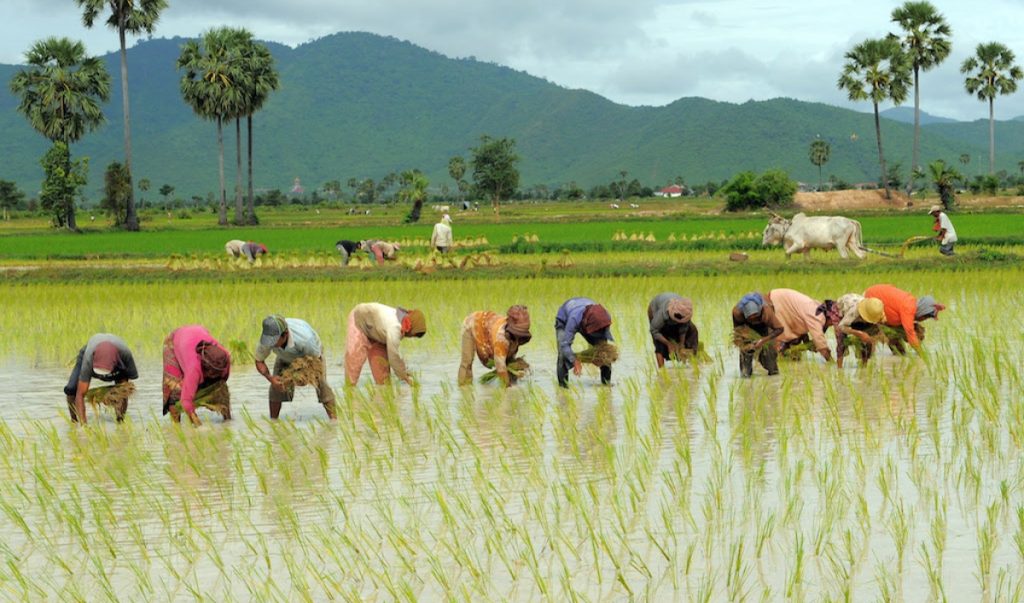Debating Greenhouse Gas Emission Responsibilities
Ethics and Politics of Greenhouse Gas Emission Accounting
To reduce emissions, how should the responsibilities among countries to reduce GHG emissions be distributed? To what extent should we distinguish between:

emissions associated with the high levels of consumption such as that in the United States

emissions associated with the subsistance activities of the world’s rural poor such as those of herders raising livestock, farmers growing rice, and those clearing forest for small fields?

To reduce greenhouse gas emissions while maintaining economic viability, requires economic resources, technical sophistication, and institutional capacity. In many ways, industrial countries, contributing a significant fraction of the world’s greenhouse gas emissions, have the most capacity to reduce emissions. Their capacity stems in large part to the their economic development which was driven by cheap fossil fuels.
In the digestive tracts of ruminants, anaerobic conditions (no oxygen) predominate and therefore a portion of organic matter consumed by ruminants in the form of methane, an important greenhouse gas.
Rice cultivation requires the flooding of land which causes the organic material in and on soils to decompose under anaerobic conditions resulting in releases in methane, an important greenhouse gas.
